- Continue Shopping
- Your Cart is Empty
Membrillo: Quince Paste

What You'll Need
Equipment:
Ingredients:
- 2 pounds quinces (about 3) quartered but not seeded or peeled
- 1 cup non-clorinated water
- 2 cups organic sugar
- Optional: seeds from 7 cardamom pods (less than 1/4 teaspoon), crushed with mortar and pestle
“This preserve is the original English marmalade:,” write Linda Zeidrich, “a jam so thick that you cut it with a knife to serve it.” Also known as Quince Paste or Quince Cheese, membrillo has undergone a fascinating evolution of both name and substance over the years. In her book The Joy of Jams, Jellies, and Other Sweet Preserves, Zeidrich traces the language used to describe membrillo back to 15th century Portugal, where quince was called marmelo and quince paste was marmelada. When the English took up the manufacture of quince paste, they initially called it marmalet, but this term came to encompass what we call marmalade today, and eventually, the term marmalade grew to exclude any preserve that was not made with citrus peel. It has undergone other transmutations, too; in France, it is called cotignac; in Spain it is dulce de membrillo, or carne de membrillo.
No matter its name, membrillo itself is as mutable as its name has proven to be. The color can vary from pale gold to deep red, depending on the level of oxidation. Apples brown un-daintily when oxidized, but quince blush the rosiest shade of red. Repeated heating and cooling deepen the redness, so do not hesitate to allow the paste to cool between steps.
This recipe comes to us from Zeidrich’s The Joy of Jams, Jellies, and Other Sweet Preserves, as so many of our favorites do.
Makes about 1 3/4 pounds of membrillo
NOTE: This recipe requires a long resting period (8-10 hours) if you prefer a deeper finished color
Directions
1) Clean and prepare your Quince
Rub the soft fuzz from the quinces with your hands.
Quarter the quince, but leave the seeds intact.
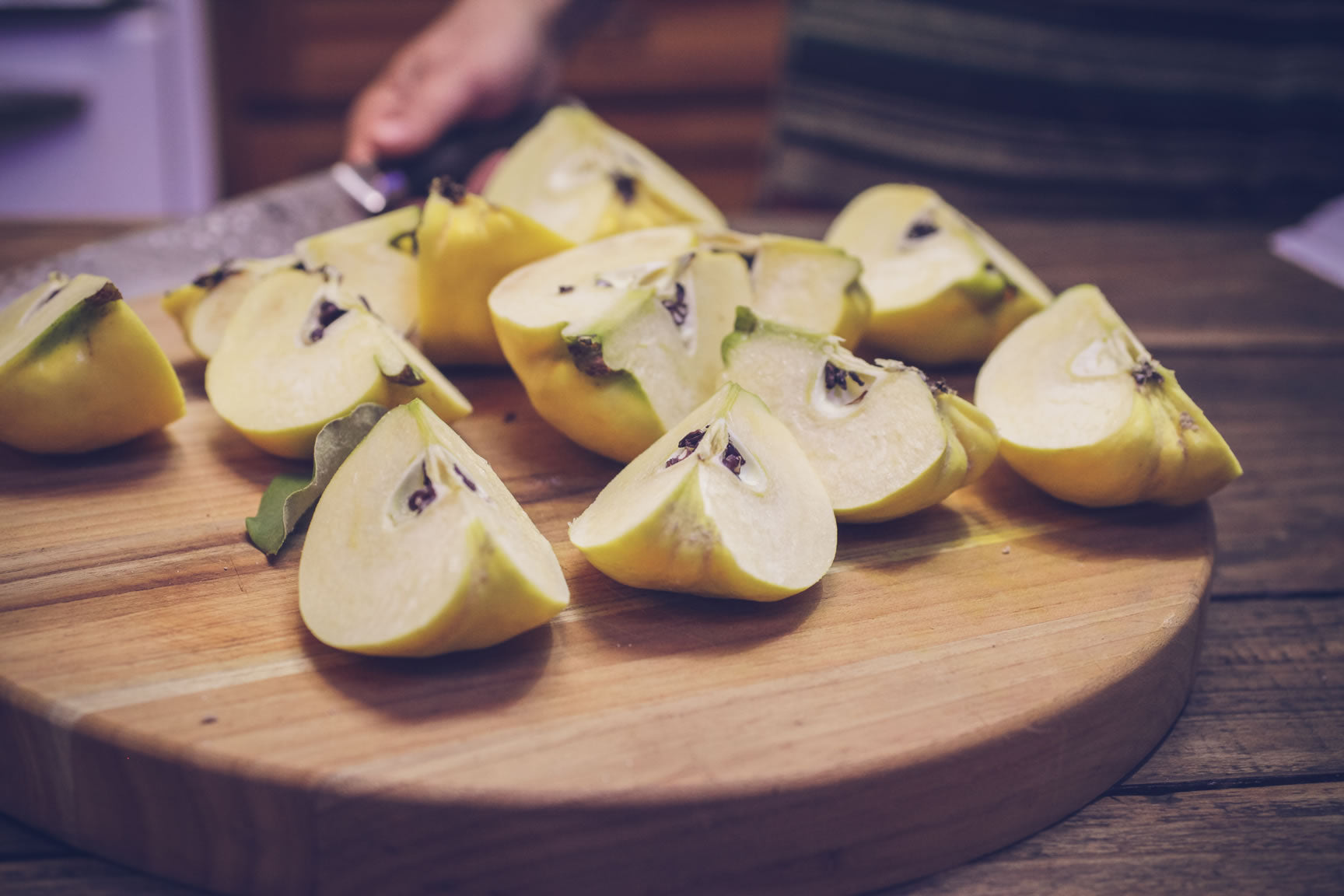
2) Cook the Quince
Place the quince in a jam pan or other heavy-bottomed pot, and pour the water over them.Cook over low heat, covered, until they are quite tender, about 20 or 30 minutes.
Remove the pan from the heat, and let the quinces cool a bit. For a redder paste, let the kettle stand at room temperature for 8 to 12 hours.
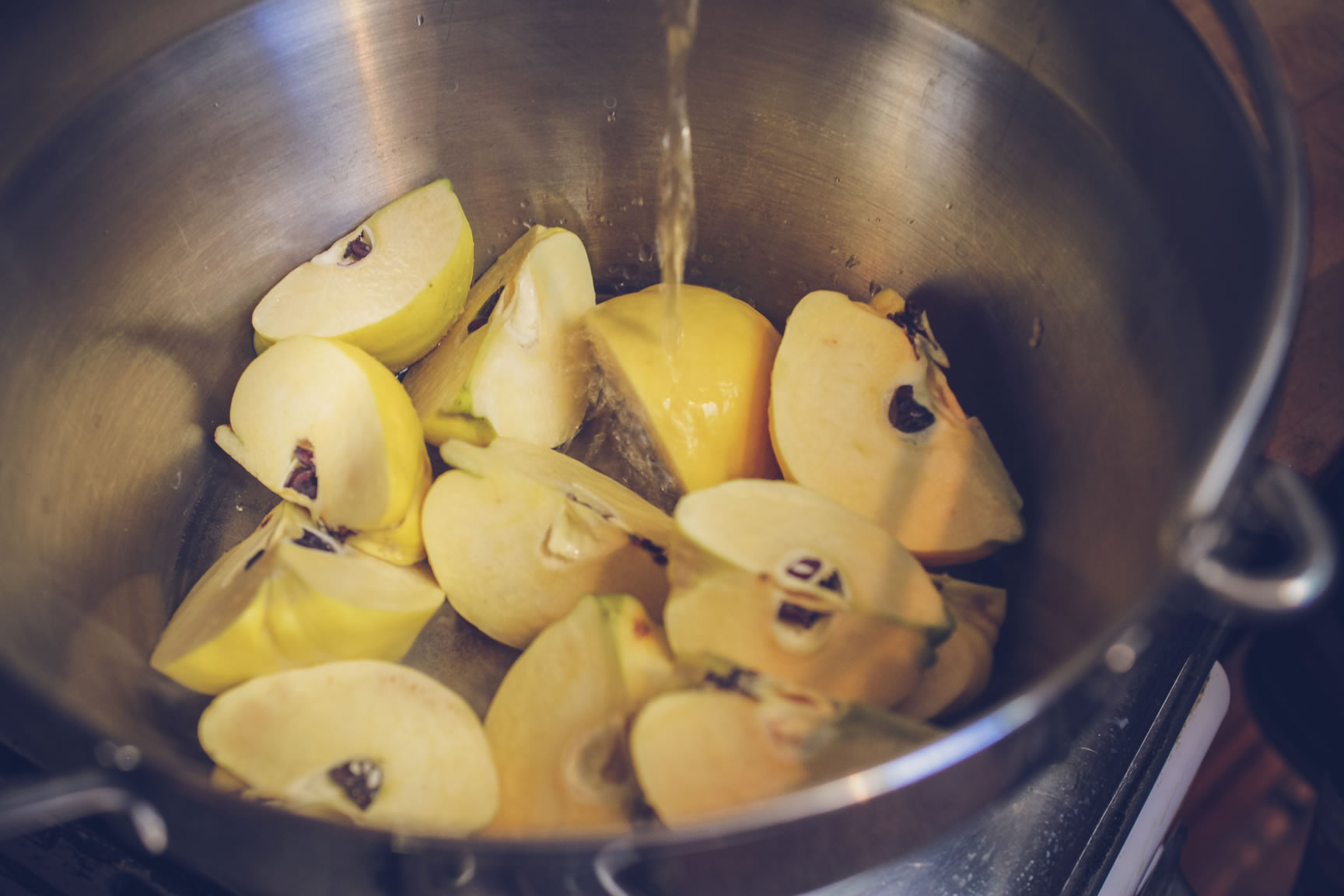
3) Puree the Quince
Scoop out the seeds from each quince piece and discard the seeds. 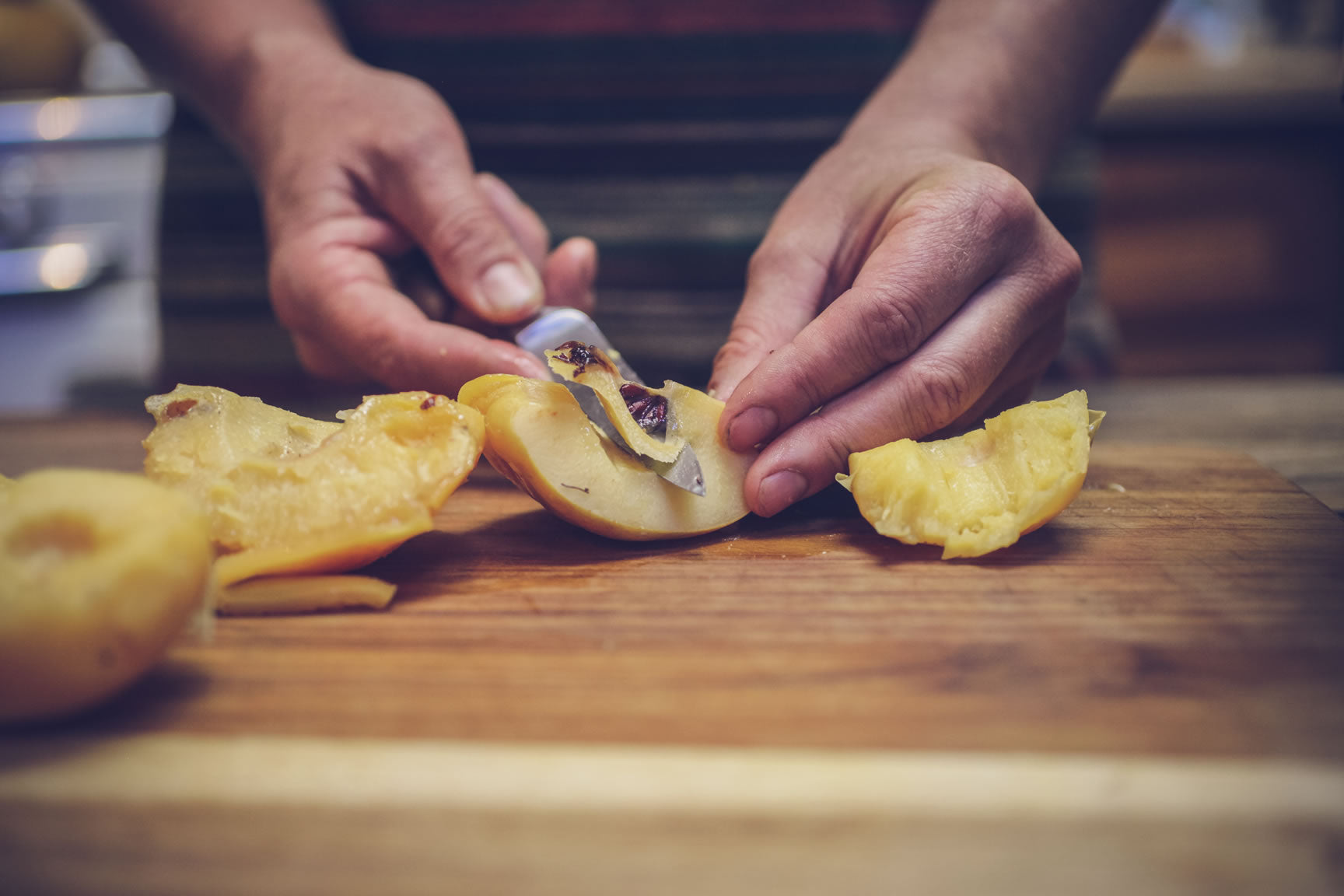
Pass the quince through the medium screen of a food mill.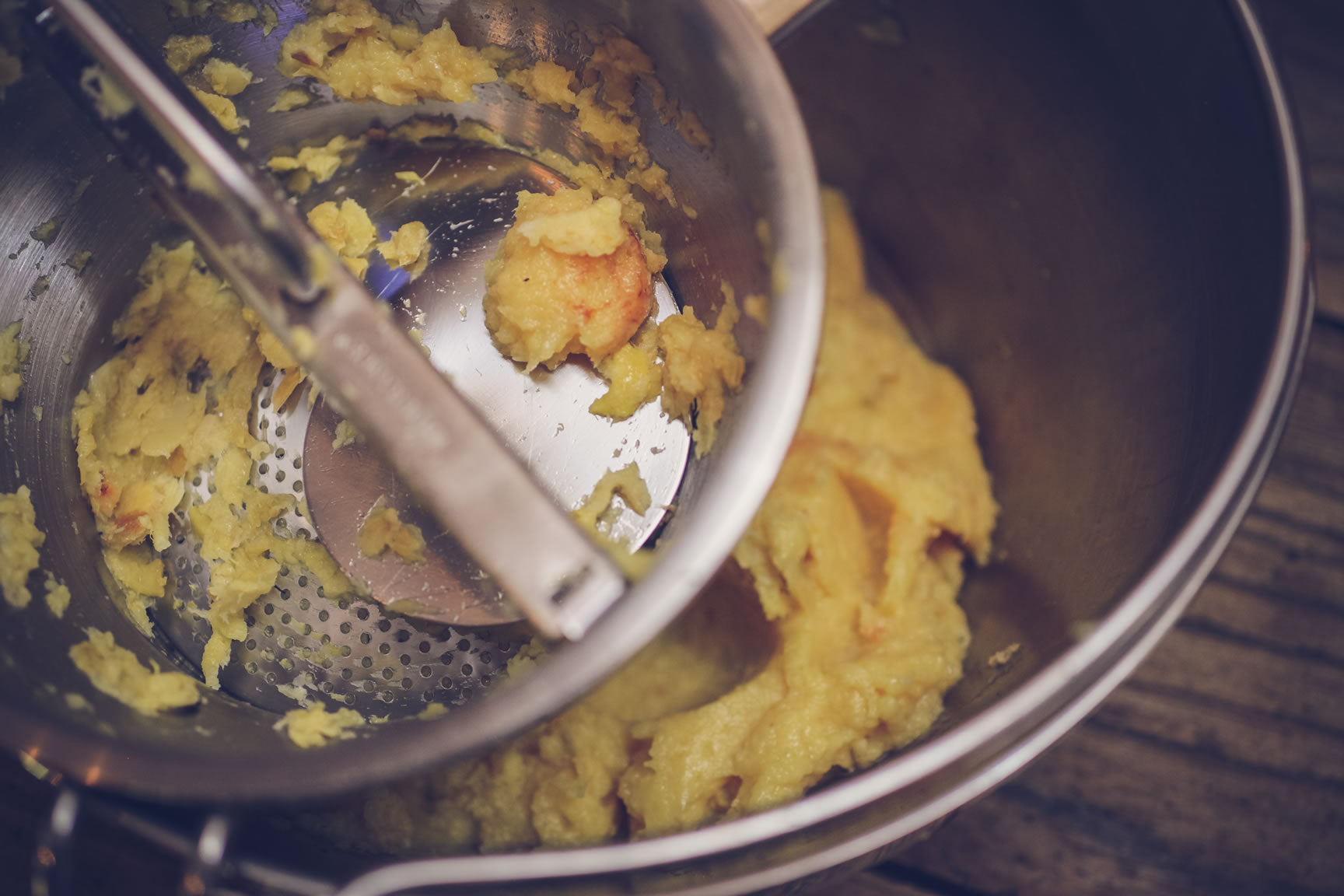
Put the quince puree into the pan again, along with the sugar.
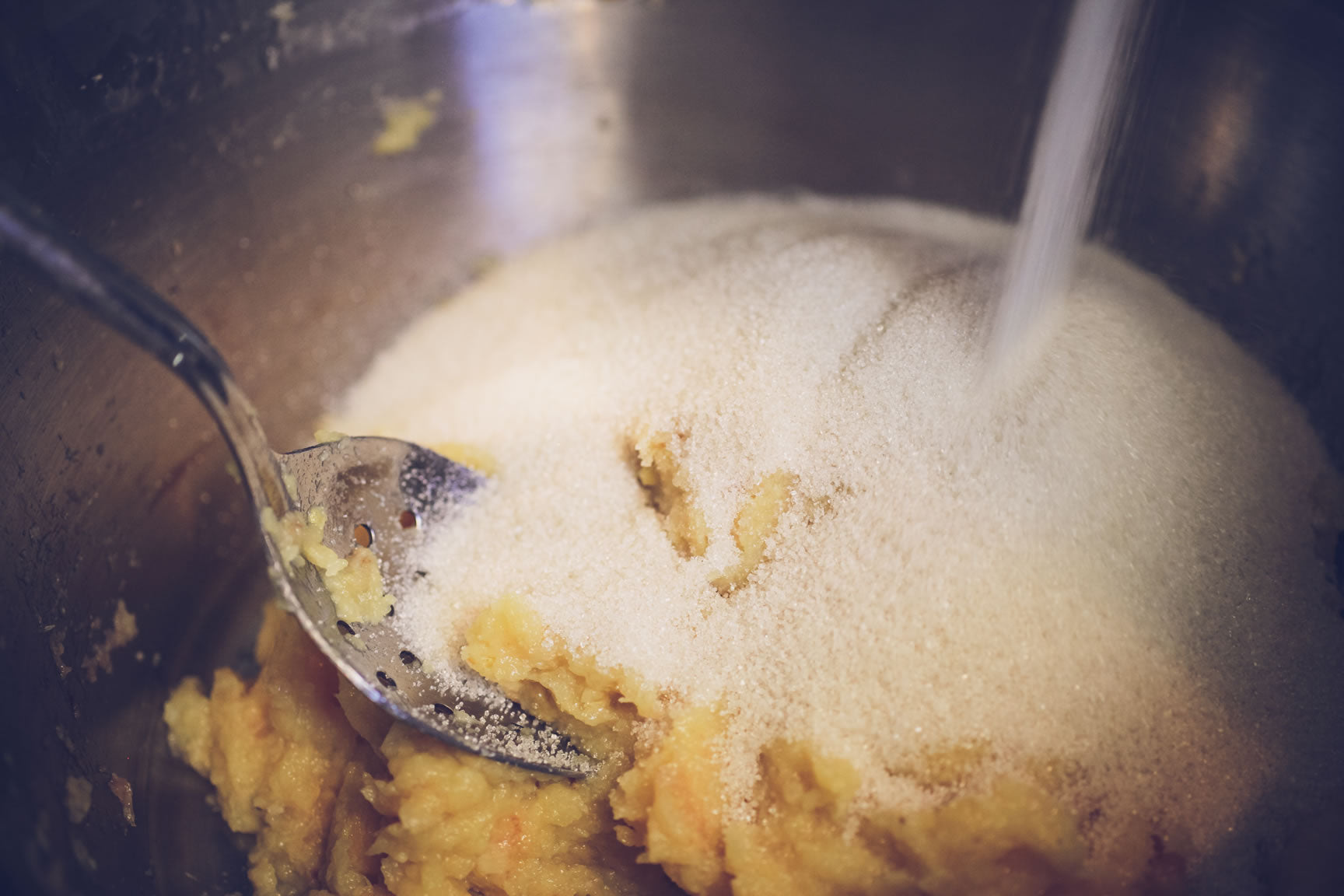
4) Cook the mixture
Heat the mixture over low heat, stirring until the sugar is completely dissolved.Add the crushed seeds from the cardamom pods.
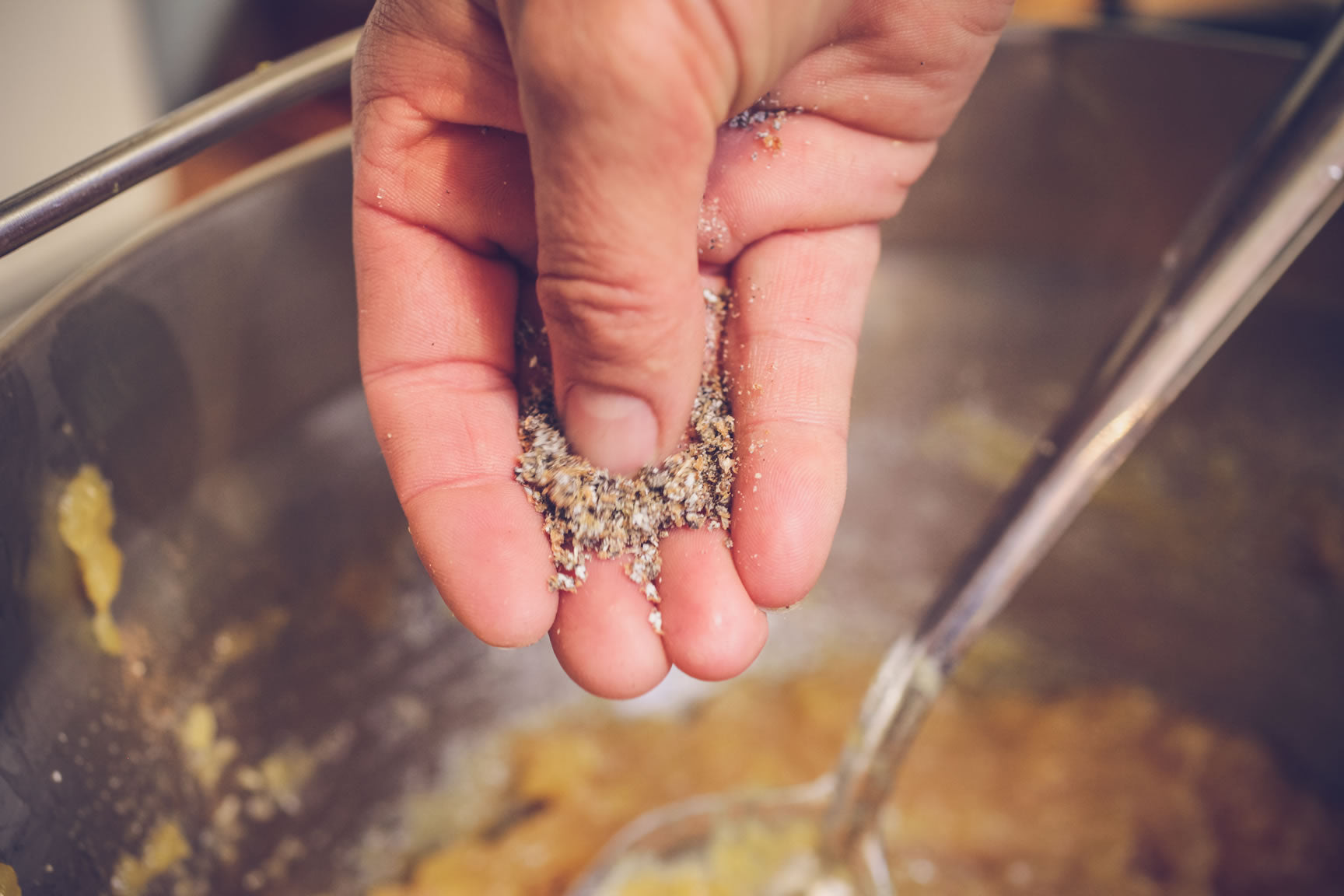
Simmer the mixture, stirring often at first, and almost constantly at the end, for 40 minutes or more. When the paste is ready, it will have thickened enough that the whole pot will want to spin rather than allow the membrillo to be stirred. A spoon dragged through the mixture will leave a clear path across the bottom.
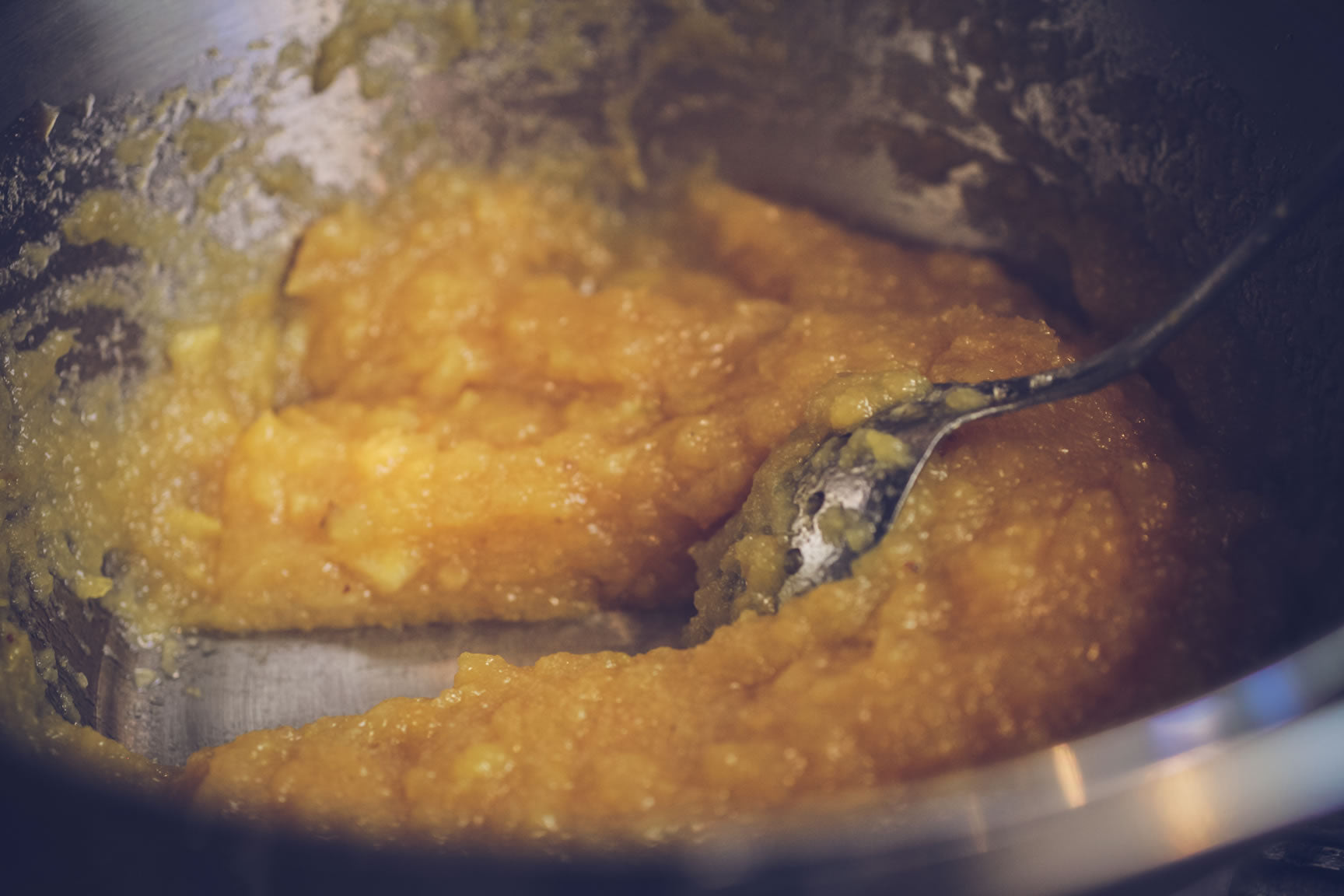
5) Spread the mixture to cool
Lightly oil, or spread parchment paper over the bottom of a baking sheet with vertical sides.
Spoon the quince paste over the sheet, about 3/4 inch thick. Let it cool at room temperature, and then turn the membrillo out of the dish to finish drying at room temperature or in a dehydrator.
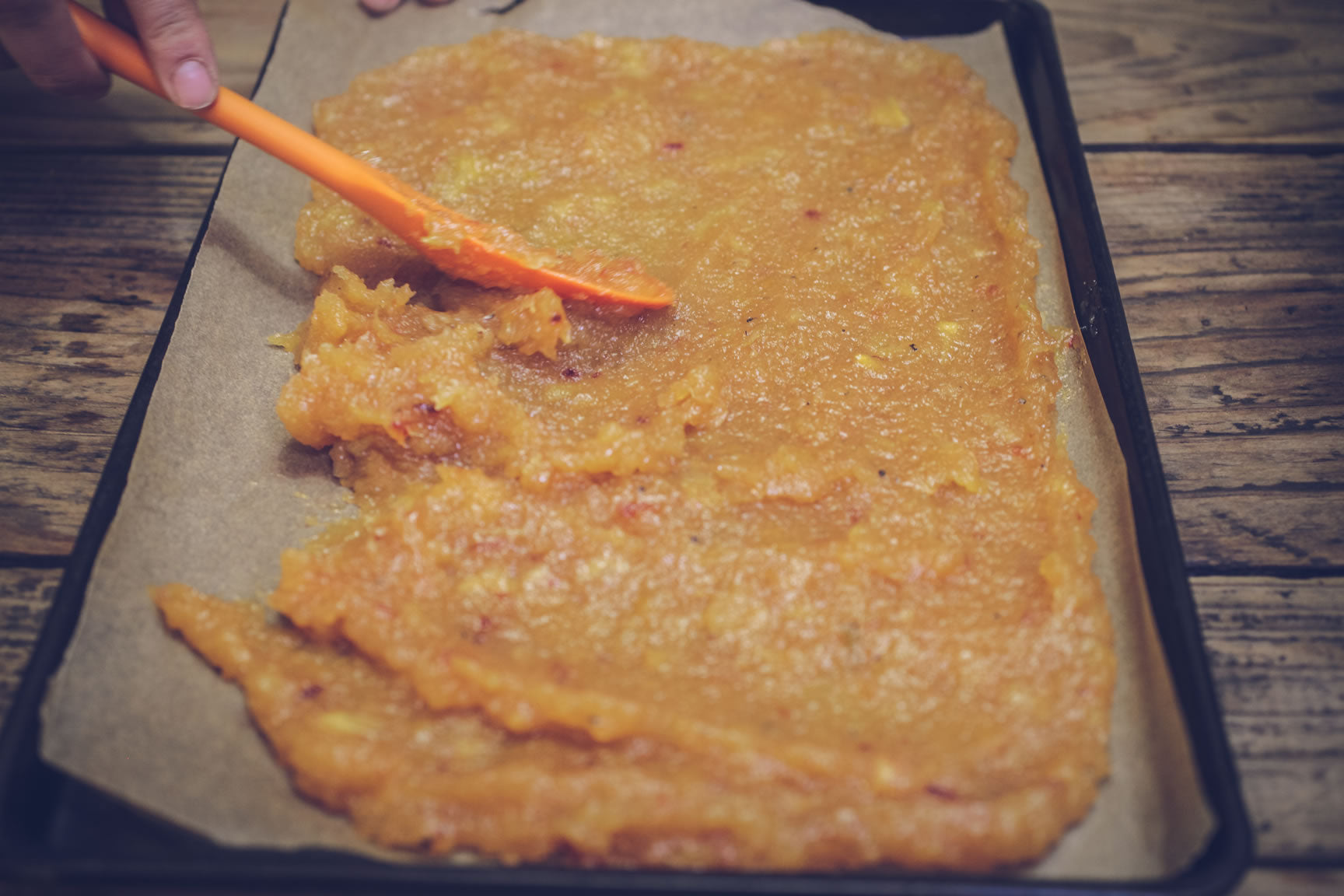
6) Portion and store
When the paste is dry to the touch, cut it into smaller pieces, if you like, and store it wrapped in wax paper or in plastic bags in the refrigerator, where it should keep for several months. Make sure the paste is completely dry, and very well sealed if you intend to keep it for the longer amount of time; it will absorb fridge flavors if left loosely wrapped.
Over to You...
It’s part of our mission here at Mountain Feed to help you make delicious, sustainable, homemade food, more often. Stop by and say hello on Facebook, Twitter, Instagram or Pinterest. Or, as always, you can do it the old fashioned way and come by the store to speak with one of our in-house experts.
